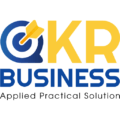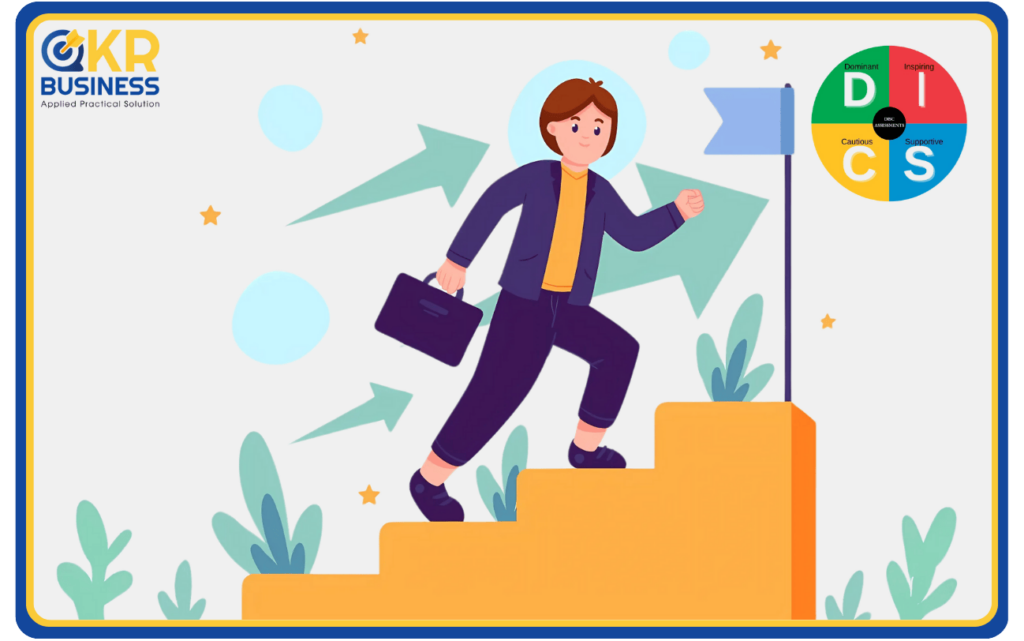You’ve probably wondered why each person behaves and communicates differently. Why are things that seem perfectly reasonable and comfortable to some people completely irrational and cause heated debate with others? What creates these unique traits in each individual’s personality? The most appropriate answer to these fascinating questions is the DISC Model, a useful tool that not only helps you discover yourself but also provides a method for understanding others better and building effective relationships.
Origins
The journey to explore the DISC model takes us back in time to the 1920s with the research of Dr. William Moulton Marston at the prestigious Harvard University. Marston was not only a talented psychologist of that era, but he was also a lawyer and the creator of the powerful and captivating Wonder Woman character.
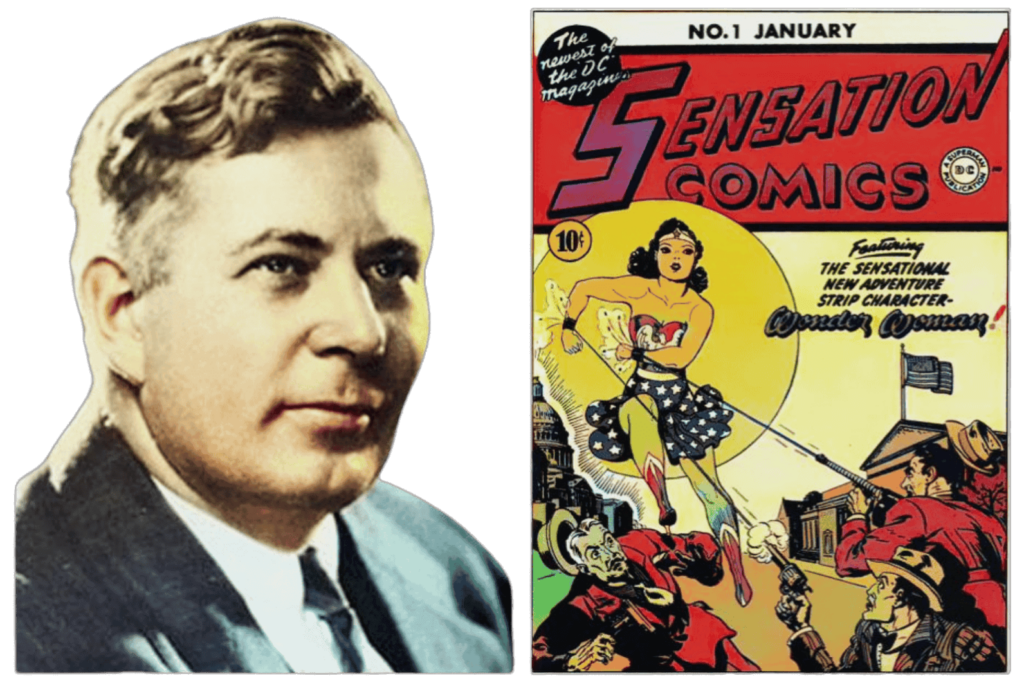
Dr. William Moulton Marston is the father of the DISC model and the Wonder Woman character
It was his research on human emotions at Harvard that prompted Marston to develop the systolic blood pressure test, a crucial foundation for the invention of the lie detector later on. In 1928, Marston published the book “Emotions of Normal People,” introducing a theory of human behavior based on four primary emotions: Dominance, Inducement, Submission, and Compliance. This laid the groundwork for the incredibly popular DISC model we know today.
Methodology
The DISC model is based on the idea that everyone exhibits observable behaviors that can be classified into four corresponding groups: D-I-S-C. The assessment is conducted through self-assessment questionnaires that ask you about your preferences, attitudes, and behaviors in various situations.
DISC is an acronym for the four main personality groups: Dominance (D), Influence (I), Steadiness (S), and Conscientiousness (C). Each of these personality groups has distinct characteristics that influence how we react to events in life and how each individual interacts with the world around them.
Typically, the questionnaire uses a forced-choice format, meaning you must choose the answer that best describes you from a set of options. Your answers are then scored and represented on a DISC graph, providing a visual representation of your dominant behavioral style. Depending on the accuracy level of the designed test, the assessment can take anywhere from 15 minutes to about 120 minutes to complete.
DISC Personality Tendencies
The DISC model doesn’t judge personality types nor does it label any type as “better” or “worse.” Instead, it helps each individual focus on understanding the strengths and weaknesses associated with each style and behavior, as well as their tendencies to react in specific situations.
This model emphasizes that everyone possesses a unique blend of one or more DISC styles, but most people tend to have one or two more dominant styles that primarily influence their behavior. Notably, each personality type in DISC has different motivations when faced with a decision or a particular circumstance.
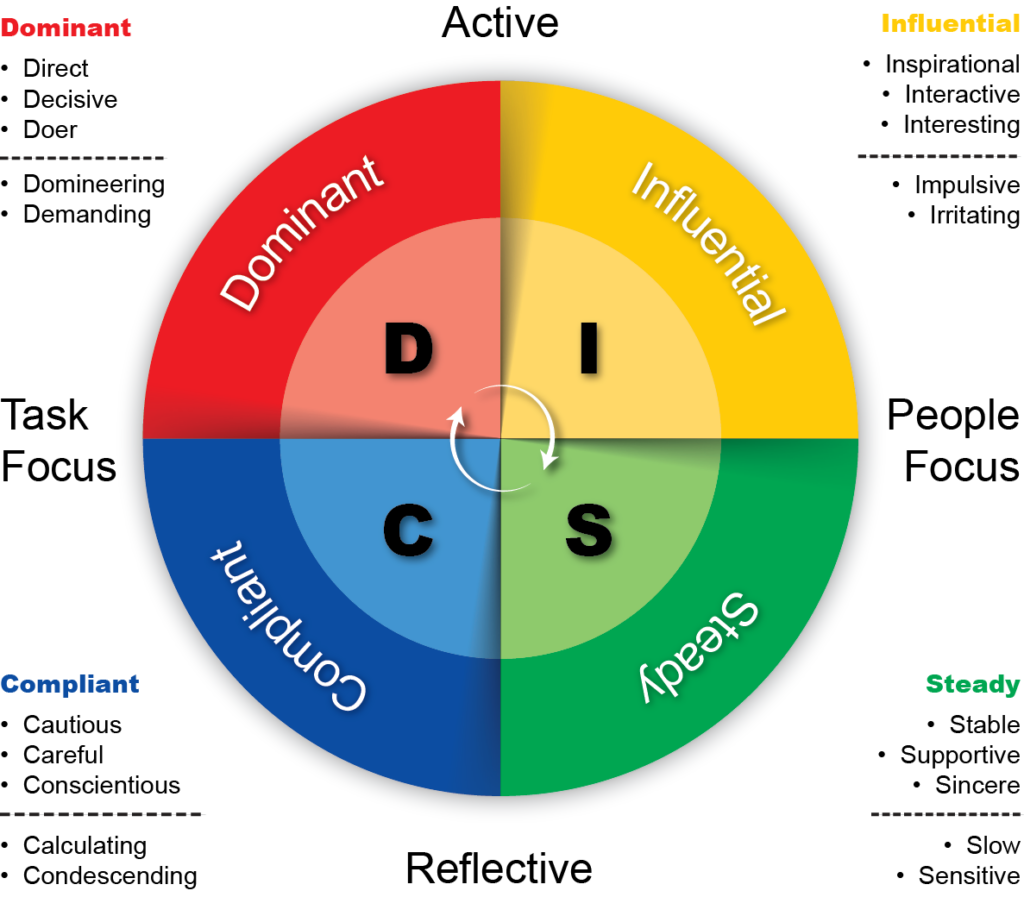
The DISC personality model helps identify behavioral tendencies
By understanding your own DISC style and that of others, you can flexibly adjust your communication and behavior to optimize interactions, build stronger relationships, and achieve success more smoothly.
1. Dominance (D)
- Characteristics: People with the D style are direct, assertive, and results-oriented. They are driven by challenges and enjoy taking the lead. They are often confident, decisive, and have a competitive spirit.
- Motivation: The D group tends to be motivated when they receive specific, clear benefits or high value. They feel energized when given significant responsibility and the opportunity to assert themselves through clear achievements.
2. Influence (I)
- Characteristics: People with the I style are extroverted, enthusiastic, and persuasive. They enjoy interacting with others and building relationships. They are often optimistic, sociable, and have a strong influence on those around them.
- Motivation: The I group is motivated when they have the opportunity to express themselves, communicate, and interact socially. They feel excited when they can build and maintain relationships and are recognized for their creativity and dynamism.
3. Steadiness (S)
- Characteristics: People with the S style are careful, supportive, and cooperative. They value harmony and have a tendency to care for and often put the common good above the individual. They are often described as trustworthy, empathetic, and good listeners.
- Motivation: The S group is encouraged when they have a work environment where they feel supported and can support others. They are also motivated when they see their positive influence on the development of partners, colleagues, or subjects they care about.
4. Conscientiousness (C)
- Characteristics: People with the C style are detail-oriented, analytical, and precise. They value accuracy and quality and always strive for perfection. They are often described as logical, systematic, and meticulous.
- Motivation: The C group is motivated when they have the opportunity to work on tasks that require high accuracy and can apply their analytical skills. They feel satisfied when their work is recognized for quality and accuracy.
Application in the Military and Business
Understanding the characteristics and motivations of each DISC style helps individuals and organizations put “the right people in the right jobs,” optimizing efficiency and significantly increasing the success rate in work.
In Military:
- Dominance (D): People with the D style make excellent leaders, commanding officers, strategists, and those in special operations roles that require quick decision-making and risk-taking. They are also suitable for frontline and dangerous roles that require decisiveness and bravery.
- Influence (I): People with the I style are strong in roles that require communication, diplomacy, morale-building, and negotiation, such as Political Officer or diplomat positions. They have the ability to boost morale and persuade, making them suitable for public and diplomatic positions.
- Steadiness (S): People with the S style thrive in roles that require teamwork, support, and consistent performance. They are well-suited for positions in logistics, medical support, and training, where stability and reliability are required.
- Conscientiousness (C): People with the C style are suitable for roles that require analysis, accuracy, and attention to detail. They are well-suited for intelligence, engineering, or research roles, where meticulousness and high accuracy are required.
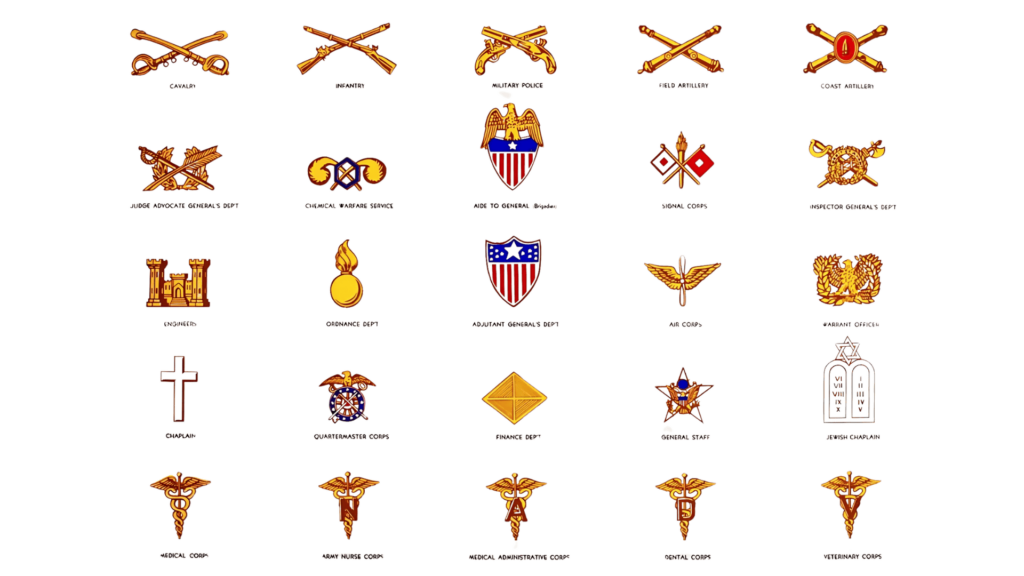
Each unit in the military needs different personality traits…
In Business:
- Dominance (D): People with the D style succeed in leadership positions, sales, business, and project management, where driving results and leading are crucial. They are suitable for roles like CEO, project manager, or business manager.
- Influence (I): People with the I style excel in sales, marketing, customer service, and public relations, where building relationships and influencing others are essential. They are well-suited for roles like salesperson, brand manager, or PR specialist.
- Steadiness (S): People with the S style are valuable in roles that require teamwork, support, and stability. They are suitable for positions in human resources, administration, and customer support, where stability and continuous support are required.
- Conscientiousness (C): People with the C style thrive in roles that require analysis, accuracy, and attention to detail. They are well-suited for accounting, auditing, research, or quality control roles, where high accuracy and detail are required.

…As well as on different career paths for each person.
The Development of Extended DISC®
While the DISC model provides a solid foundation for understanding behavioral styles, Extended DISC® has taken things a step further. Developed in Finland in the 1990s, Extended DISC® has become an advanced behavioral assessment tool built upon the foundation of the DISC model, with powerful and flexible behavioral analysis capabilities. It is widely applied in various fields to gain a deeper understanding of human personality and behavior in the modern era.
Applications of Extended DISC®
Extended DISC® provides accurate and unique reports, virtually eliminating the possibility of being influenced by identical answers from respondents. This tool is available in over 50 languages and has been validated worldwide, ensuring diversity and suitability for different cultures. It is especially useful for analyzing individual behavior, supporting employee training and development, recruitment and selection, team building, performance management, and personal skills development with superior efficiency.
One of the main benefits of Extended DISC® is its ability to improve communication and enhance coordination among members of an organization. When individuals understand their own and others’ behaviors better, they can communicate more effectively, minimizing misunderstandings and conflicts. This not only improves work productivity but also helps build a positive and friendly work environment.
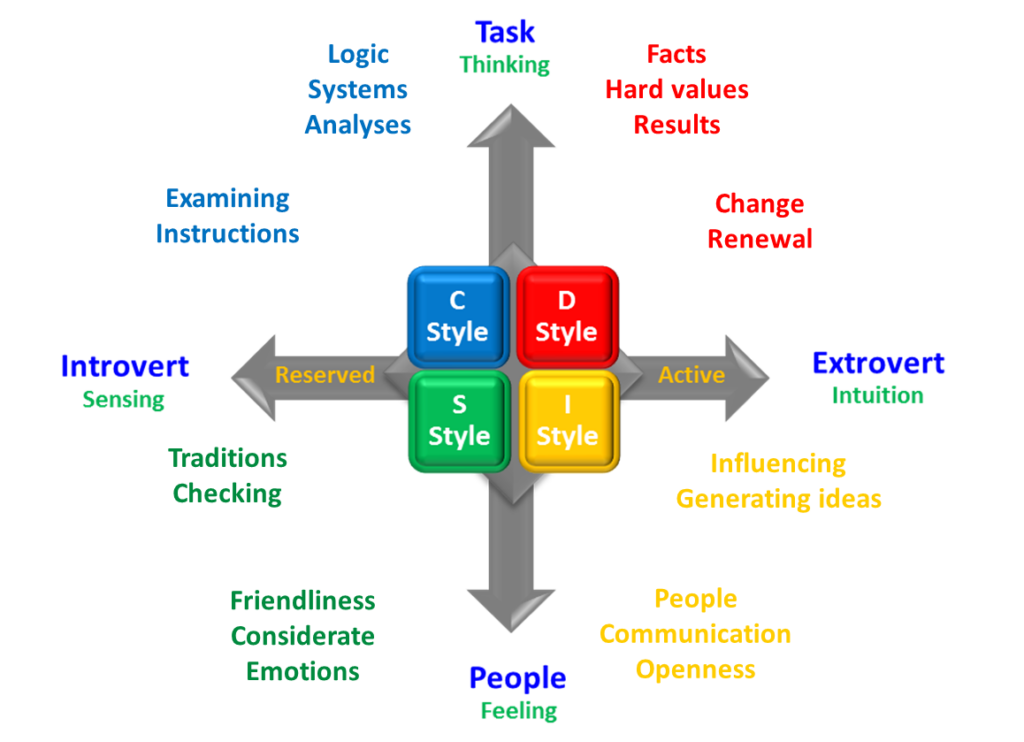
Extended DISC® delves deeper into personality traits, based on the foundation of DISC
Using Extended DISC® is convenient and easy, with the analysis process taking only about 10-15 minutes and can be done online. This saves time and effort for users. Extended DISC® is used for various purposes in a variety of environments, from recruitment, employee development, team building, and performance management to preparing the succession workforce. The tool also complies with data security regulations and GDPR, ensuring the confidentiality of personal information.
- Advanced Assessment: Extended DISC® uses sophisticated algorithms and a vast behavioral database to generate detailed reports on an individual’s preferred behavioral style. This report doesn’t simply identify the dominant style but provides deeper insights into how a person interacts with others, approaches tasks, and responds to their environment.
- Focus on Unconscious Behavior: Unlike traditional DISC assessments, Extended DISC® measures unconscious behavior, revealing an individual’s natural tendencies and how they instinctively react in different situations.
- Personalized Reports: Each Extended DISC® assessment generates a unique and personalized report that is easy to understand and apply. These reports provide specific insights and practical advice tailored to the needs of each individual.

Understanding yourself is the foundation for sustainable development
DISC and Extended DISC® are two valuable tools that help individuals and organizations optimize work efficiency, develop personal skills, and build strong teams. Applying these tools in the modern world not only helps unlock and unleash the enormous potential of each individual, improving effectiveness in all areas of both personal and professional life, but also contributes to the positive growth of the organization.
